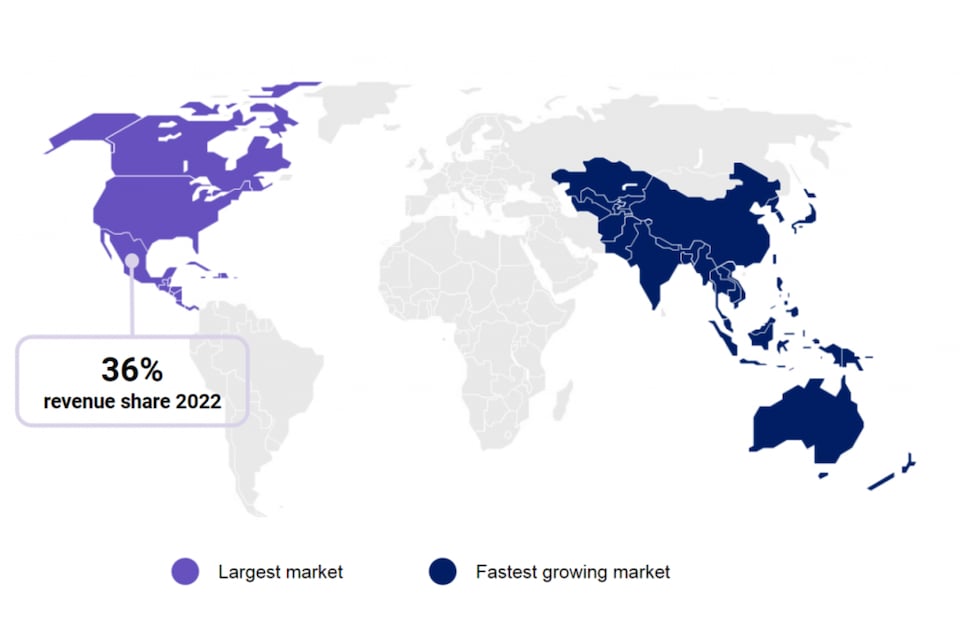The book, paper and "ballpen" are being replaced by educational technology in recent years. As a tool in the classroom, EdTech can provide students with personalized learning experiences, automate routine tasks and provide instant observations, significantly improving students' educational results.
The growing popularity of blended learning, combined with the growing adoption of tools such as ChatGPT, Perplexity AI, BARD, Chatsonic AI, Jasper Chat and LaMDA in the education sector, among others, definitely bode well for growth of the EdTech market over the next five years, although they play a crucial role in ensuring that they are used ethically and responsibly. The sector is expected to be valued at $270.5 billion dollars in 2023, with annual growth (CAGR) of 16.0% until 2026.
Despite our tendency to classify things in specific time frames, such as the school year or academic semesters, new paradigms constantly emerge that change the ways we work, learn and prosper. At BBVA New Gen, we believe that the following technological trends are the ones facing the greatest challenges in educational settings today - and the greatest opportunities in the future:
Artificial intelligence. AI is found in many aspects of learning, work and university life, providing a personalized learning experience that maximizes understanding while minimizing the friction experienced by students in many cases. EdTech solutions are expected to evolve in line with the advances in the latest technologies, such as the Internet of Things or Augmented Reality. For example, Thinkster helps students to learn math by constantly adapting to their skill level and raising the bar just enough to keep people on the edge of their comfort zone.
Gamification. Gamified learning experiences keep students engaged and less stressed, and take advantage of our competitive nature, from complementary platforms such as Duolingo and the Brainly ranking system to active learning experiences through games, such as Minecraft. With an expected annual growth of 27%, gamification, linked to the eSports and metaverse sector, will continue to shape the EdTech industry.
Micro and nano learning. University degrees often fail to keep up with the sector's changing trends and demands, and business owners are realizing that higher education does not necessarily translate into better results. Traditional learning's lack of functionality has led to the creation of a new category of quick and convincing education. This includes EdX and Udacity.
The future, our best investment
Capitalize on opportunities in a way that is positive, conscientious and committed, with solutions designed for you by our investment experts in your bank in Switzerland.


